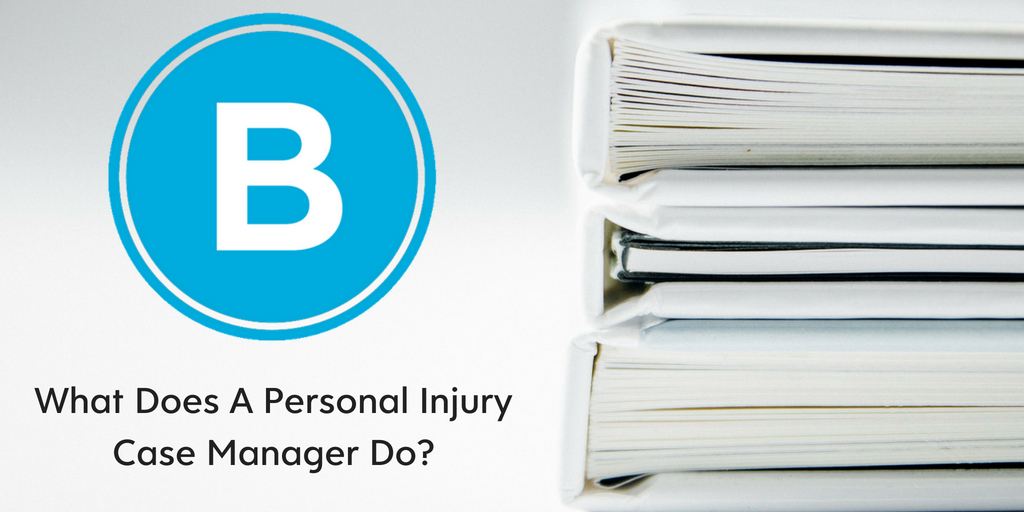
It may not be the same at all personal injury law firms, but at Brooks Law Group, we assign every new personal injury client to a personal injury case manager. The personal injury case manager assigned to a client’s file works directly under the direction of the attorney assigned to the file. Each case manager at our firm has one specific attorney with whom they work.
What’s the Case Process?
Once a new client either calls or comes into the firm, our standard procedure is that an “intake” is performed by one of our intake specialists. Then, the next step would be a “client sign-up” performed by the personal injury case manager. The purpose of the sign-up is to gather all information that the client currently has to support their case (drivers’ license, insurance card, insurance information, accident report, photos…etc.), go through the legal representation documents and have the client sign all of the necessary paperwork meant to not only retain representation but to educate the client about what they need to do with regard to seeking medical treatment. It is at this time that the client meets with (or is scheduled to meet with) the attorney that will be representing them to ask any questions they may have about their case.
What Happens Next?
The most important part of any personal injury case is that the client gets better. An injury can be stressful and prevent someone from performing everyday tasks, so getting the proper medical treatment is what really counts. Throughout the case, the client can contact their case manager at any time to give case updates or ask questions. It is helpful to have a case manager to report these updates to the file because their attorney may be in mediations, depositions, or trial with other clients and not in the office when the client calls.

Throughout the client’s medical treatment, the case manager consistently collects the medical records, bills and lost wages for the client and keeps them in their file. Once the client has reached MMI (Maximum Medical Improvement), it is then time for a demand to be submitted to the insurance company. Again, under the supervision and direction of the attorney, a demand is put together to request that a certain amount of money from the insurance company (based on the medical expenses and policy limits available) be paid to the client for their injuries and pain and suffering. If you would like to learn more about what is included in a demand, you can review our blog post titled: “What Should Be Included In A Demand To An Insurance Company For A Personal Injury Claim.”
Case Closing
Once a demand is accepted and the insurance company agrees on the amount set forth, a check will then be mailed to the firm, and the client will meet with the case manager to sign the check, release, and closing documents. If a demand is not accepted, the client will meet with their attorney to discuss possible litigation options. It is at that time that the case may move from the hands of the pre-litigation personal injury case manager to the hands of a litigation paralegal (still under the same attorney, of course).
As you can see, personal injury case managers play a huge role in each and every personal injury client’s file that comes into the firm. They work very closely with the attorney and the client to make sure that we follow through with our mission to provide the best client experience possible.













